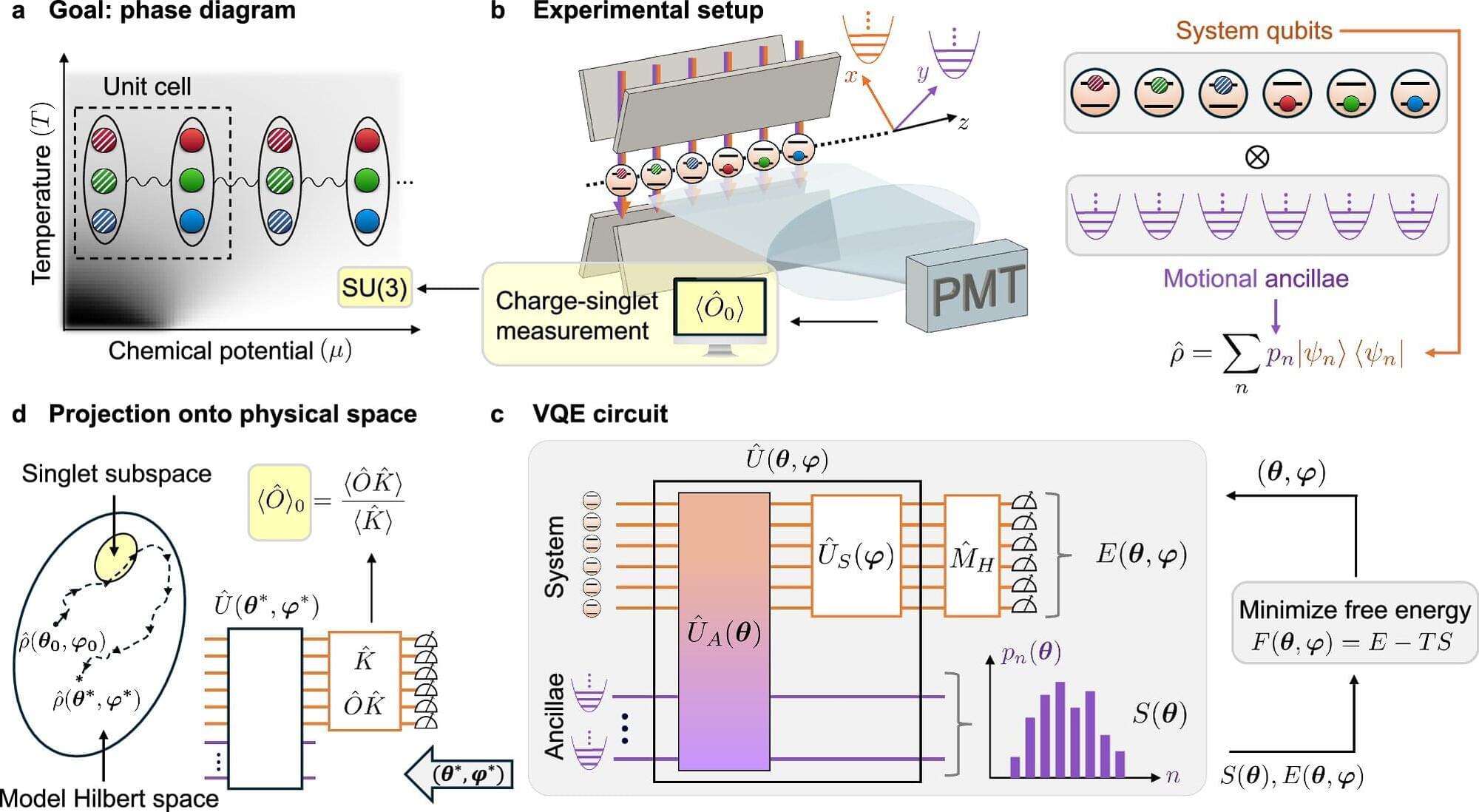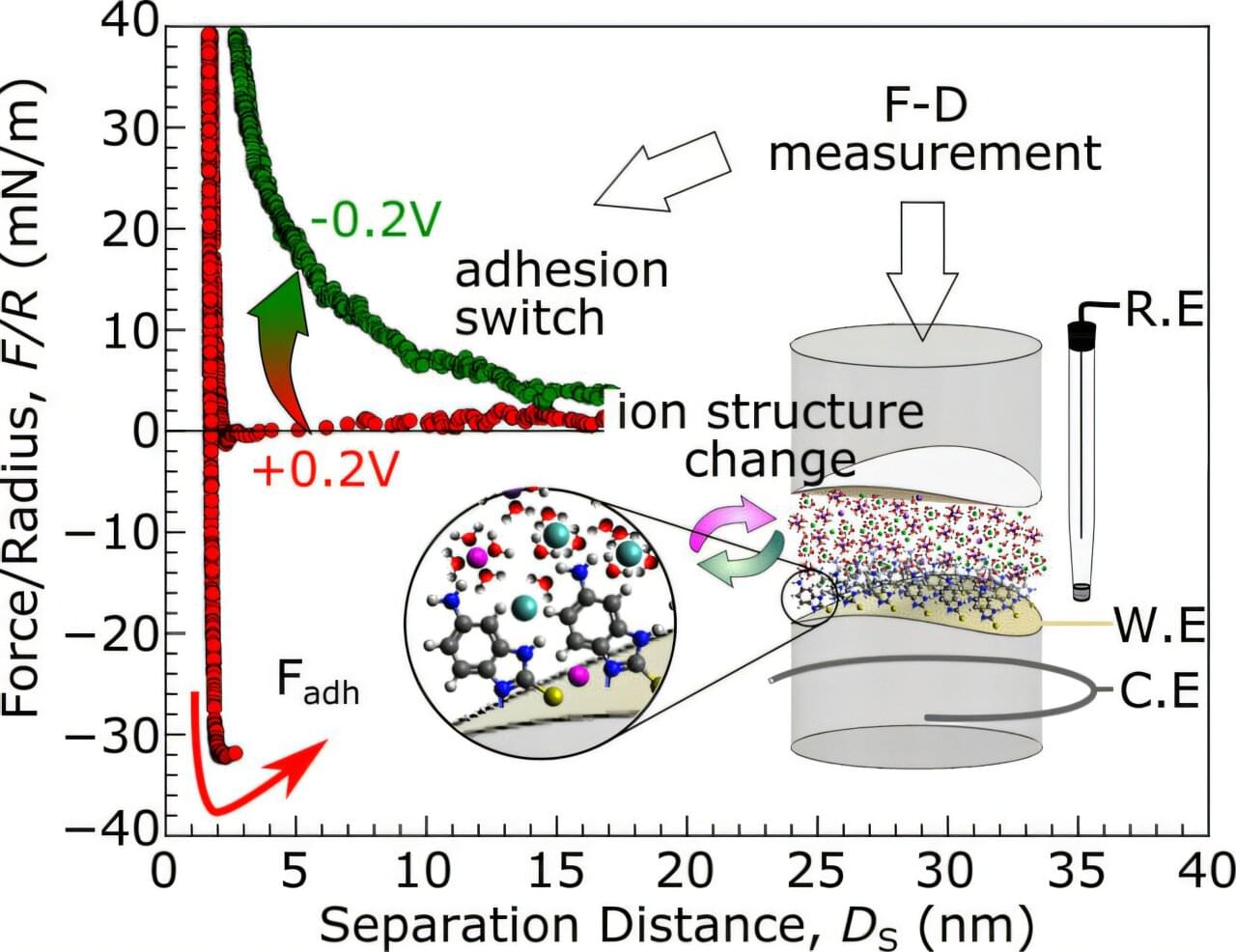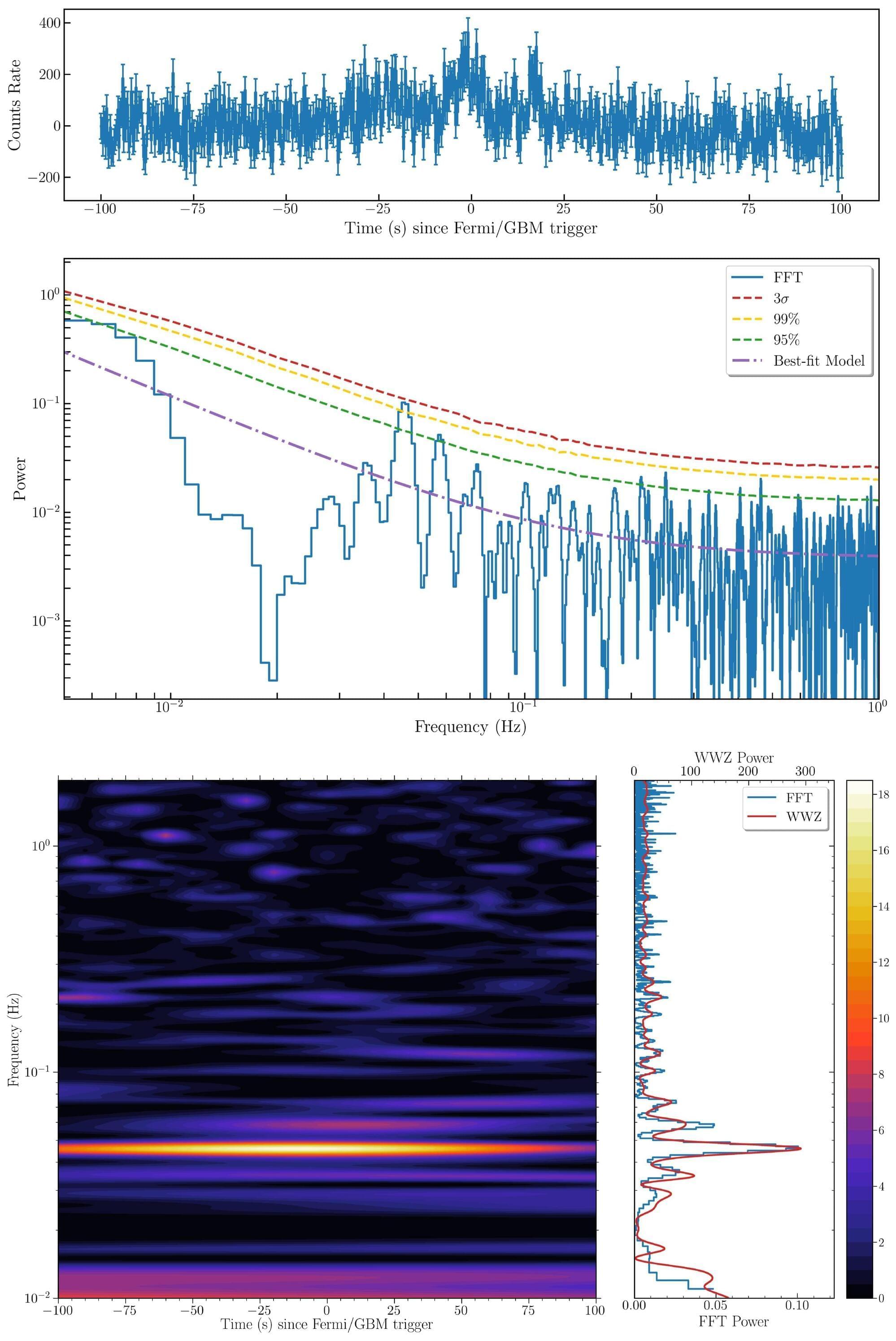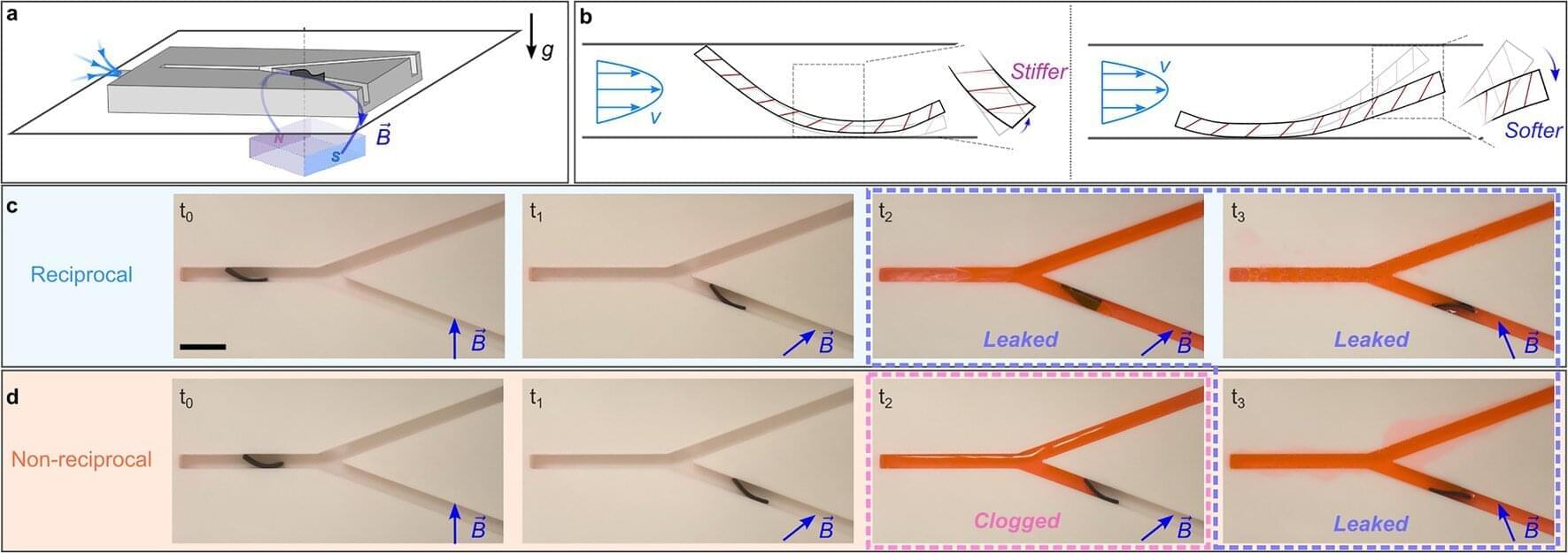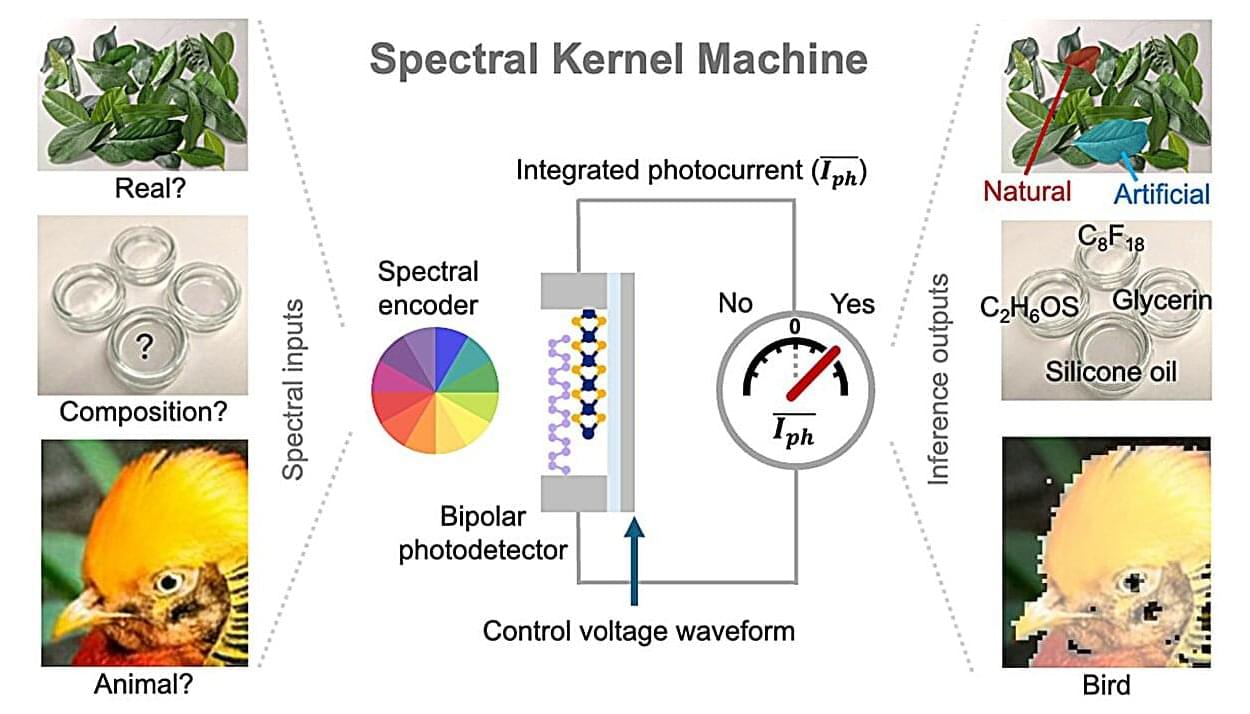Over the past decades, physicists and quantum engineers introduced a wide range of systems that perform desired functions leveraging quantum mechanical effects. These include so-called quantum sensors, devices that rely on qubits (i.e., units of quantum information) to detect weak magnetic or electric fields.
Researchers at the HUN-REN Wigner Research Center for Physics, the Beijing Computational Science Research Center, the University of Science and Technology of China and other institutes recently introduced a new quantum sensing platform that utilizes silicon carbide (SiC)-based spin qubits, which store quantum information in the inherent angular momentum of electrons. This system, introduced in a paper published in Nature Materials, operates at room temperature and measures qubit signals using near-infrared light.
“Our project began with a puzzle,” Adam Gali, senior author of the paper told Phys.org. “Quantum defects that sit just a few nanometers below a surface are supposed to be fantastic sensors—but in practice, they pick up a lot of ‘junk’ signals from the surface itself. This is especially true in SiC. Its standard oxide surface is full of stray charges and spins, and those produce noise that overwhelms the quantum defects we actually want to use for sensing. We wanted to break out of this limitation.”



